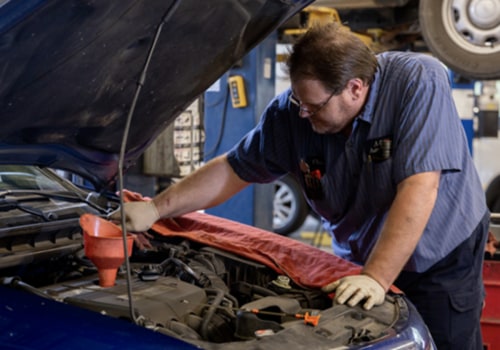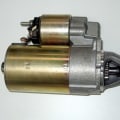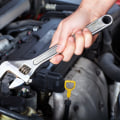Check tire pressure and tread depth. Upgrade to winter-friendly windshield washer fluid. Also, if you're in need of an Oil Change in Charleston SC, take a look at the color of the oil. If it's yellow or amber in color, you're good to go. If it's a dark brown or black color, it's time to change the oil, and if you see a milky color, it means that coolant is leaking into the engine.
With all the combustion and friction that goes on in an engine, it produces a lot of heat. Coolant (also known as antifreeze) works to keep everything, good, cool, by absorbing heat from the engine and dissipating it through the radiator. Maintaining the correct coolant level prevents overheating. If you've ever driven a classic car, the first thing you probably noticed was the super heavy steering.
Can you imagine trying to park in parallel? Modern cars have incorporated power steering to facilitate maneuvering at any speed, and many power steering systems are hydraulic and use pressurized fluid to turn the steering wheel effortlessly (although some newer models now use electric steering). There's no set deadline for replacing power steering fluid, but you still need to know how to check it. The importance of your car's brakes needs no explanation. The brakes of modern cars are hydraulic, meaning that the fluid connects the pedal to the brakes themselves.
When you step on the pedal, a plunger pressurizes the brake fluid inside the lines, causing the brake pads to engage the rotors and reduce the car's speed. It's supposed to happen instantly: if there is any delay or abnormal feeling in the brake pedal, the first thing to check is the fluid. Over time, brake fluid can become contaminated with water, which can rust brake lines. Leaks can also form, causing a spongy pedal feel or uneven braking performance.
Most cars have a brake fluid reservoir in the engine compartment, and checking it is as simple as looking at its level and color. As with other fluids, make sure the level is between the minimum and maximum indicators. Add more if it's below the minimum, but make sure it's a compatible type for your car. Brake fluid comes in several varieties with their own distinctive colors, but they must all be translucent, not cloudy or dark.
If you can't see through the brake fluid, have it changed. If you have a problem with the transmission, check the oil first. Some cars have a measuring rod, however, others require a professional mechanic to inspect the condition of the fluid. If your car has a measuring rod, the process is the same as above, although you will need to have the engine running and the transmission in parking or neutral to get an accurate reading.
Inspect the liquid level as well as its condition. It should be amber or red in color and have a soft touch. As with other fluids, if it's dark, cloudy, or sandy, it means there's a problem that needs to be inspected. To add transmission fluid, pour it into the filling tube if your vehicle has one.
After checking the fluid level in the rod, move the gear selector through the gears with your foot on the brake to help the new fluid flow through the transmission. Transmissions are complex equipment, so if you're still having problems, it's best to contact a professional. Windshield washer fluid has no effect on car performance, but it's still vital for safe driving. After all, if you can't see where you're going, you won't get very far.
The Easy Way to Make Vintage Luxury Cars Valuable. Your car runs on fire, metal and fluid, and if you don't keep things flowing, you're going to regret it. Understanding how to monitor and test your car's components, and how to identify fluid loss and potential leaks, is critical for any car owner. Check the level and then, with the car running and the gearbox in parking or neutral (see the owner's guide), pour out the liquid.
If you don't have the time or interest, the other option is to take your car regularly to the local auto shop and have it inspected by a professional to ensure that the car's fluids are at the proper levels. Even if the cooling system seems to be working, check for acidity and protection against freezing and boiling, and also check for signs of rust and leaks. Dowell Automotive will be happy to check and refill engine oil, coolant, power steering fluid, brake fluid, transmission fluid and windshield washer fluid. Checking the brake fluid reservoir under the hood is as simple as removing the cover and looking at the level and color of the interior.
There are different colors and varieties of coolant; check the vehicle owner's guide to learn what type of coolant you should buy and make sure you never mix the types of coolant. At best, you're faced with a car that drives inefficiently and with potentially expensive repair bills; at worst, you'll have an accident because you didn't check your brake fluid. .











